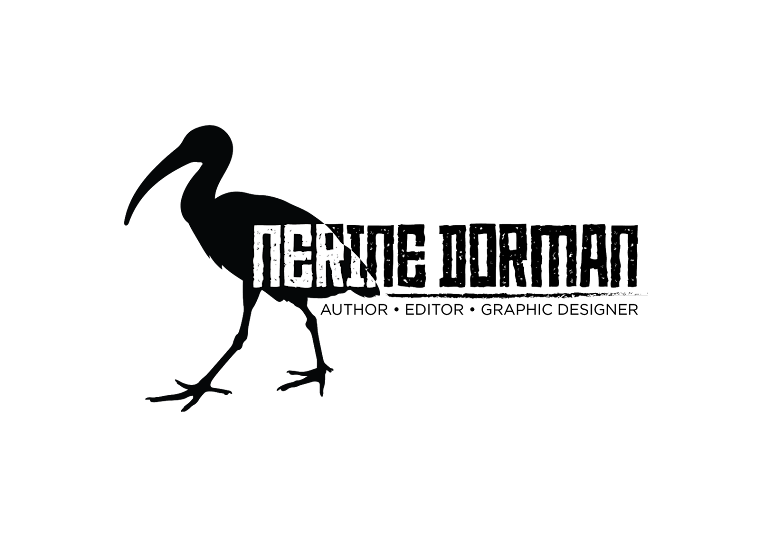One thing I do a lot of these days is listen to audiobooks on subjects that will broaden my horizons as an author. And not only that, since I edit professionally where military situations often crop up, so it's important that I Know All The Things when it comes to the smaller details – like battle. The Face of Battle by John Keegan was included in my Audible subscription, and it was a no-brainer for me to pick it up. It helps, also, that the narrator, Simon Vance, has a wonderful voice. I'm now putting more works that he's read on my TBR list purely because I like him so much.
Keegan's writing takes a little time to get into, but once I got past the introduction, I was accustomed to his diction and the subject matter. The Face of Battle looks primarily at how the experience of battle was for the average soldier – a reality often overlooked or glossed over in historical accounts that tend to glomp together combatants' experiences as if the armies were singular entities rather than units made up of individuals.
How we, as human beings, face the trauma and tribulations of battle and extended warfare, is an undeniably complex subject. How we do battle, too, has changed profoundly over the years, as Keegan explains. While the topic of warfare over the centuries is certainly broad, Keegan picked three famous battles in which he showcased the changes: that being Agincourt (1415 CE); Waterloo (1815 CE); and the Somme (1916 CE).
Once thing that is clear, is that our ways of killing our fellow humans have gone from the personal – featuring one-on-one conflict using blades – to the impersonal, involving ranged artillery bombardment that often lasts for months. How we write about these battles and history matters, for if we lose sight of how things are for the man on the ground, it's far too easy to embellish and gloss over the sheer weight of human misery. Issues such as supply lines, lack of communication, and dealing with injuries are just as important to consider as strategy and final outcomes. We see how commanders were once hands on, moving from site to site in order to maintain efforts, to the fact that those in charge often never set foot at the front – directing troop movements remotely.
Keegan does well to illustrate the often fraught situations combatants find themselves in, giving a deep dive into the conditions in which many brave and often terrified men perished. I'd recommend this classic to anyone who is fascinated by military history or who wishes to gain a broad idea of how battles are enacted – and this is an important resource, I feel, for those who are looking at writing historical or military fiction.


No comments:
Post a Comment